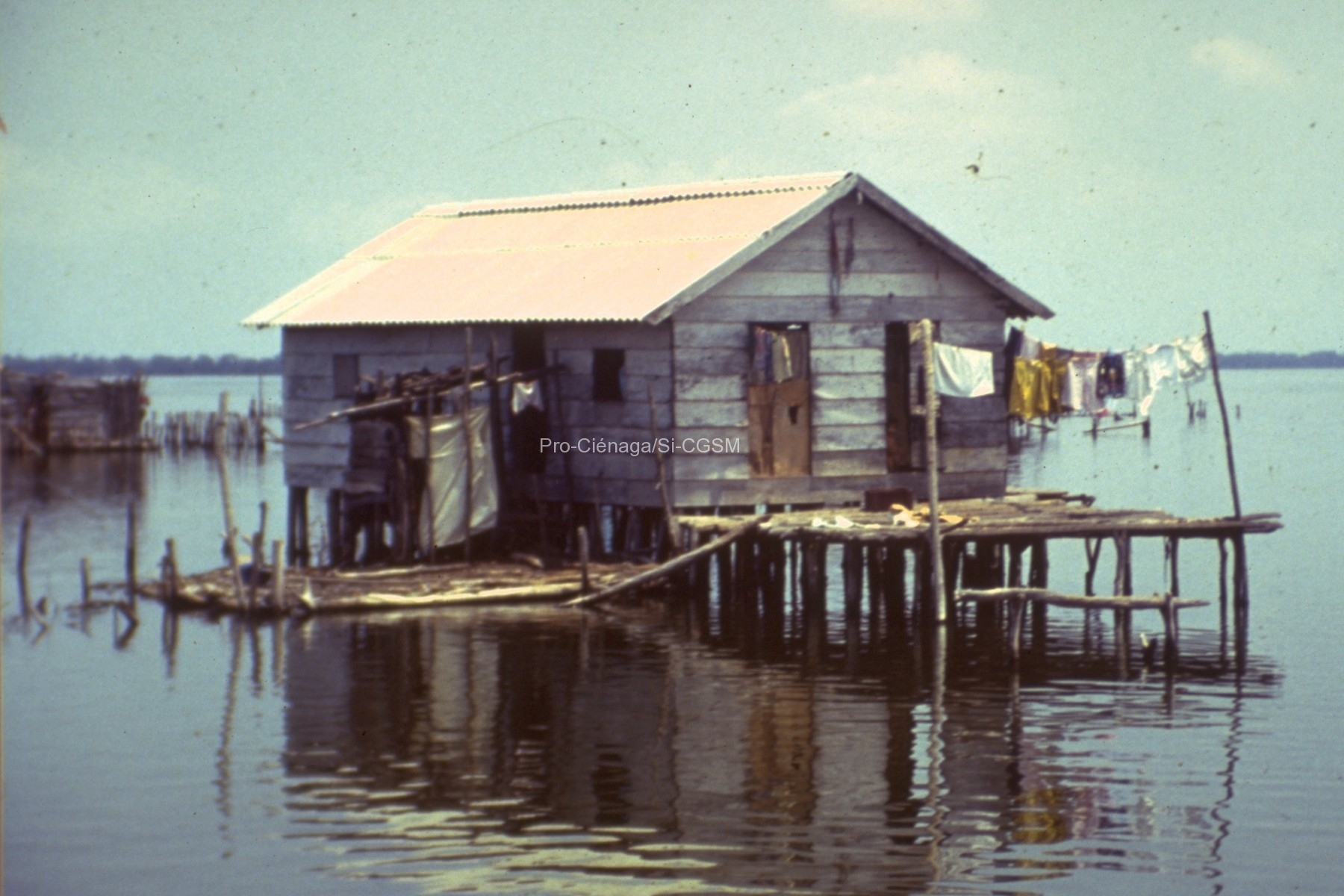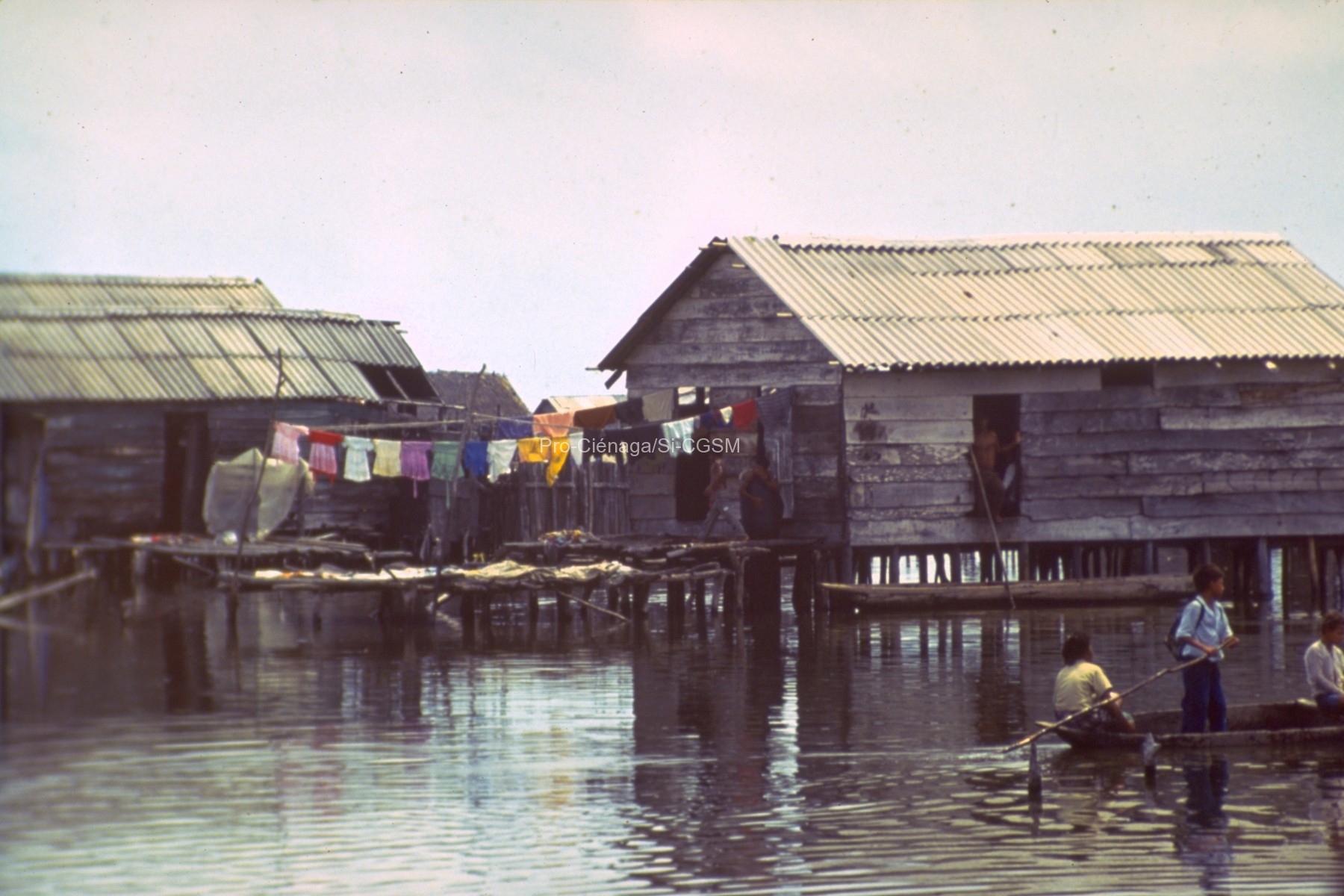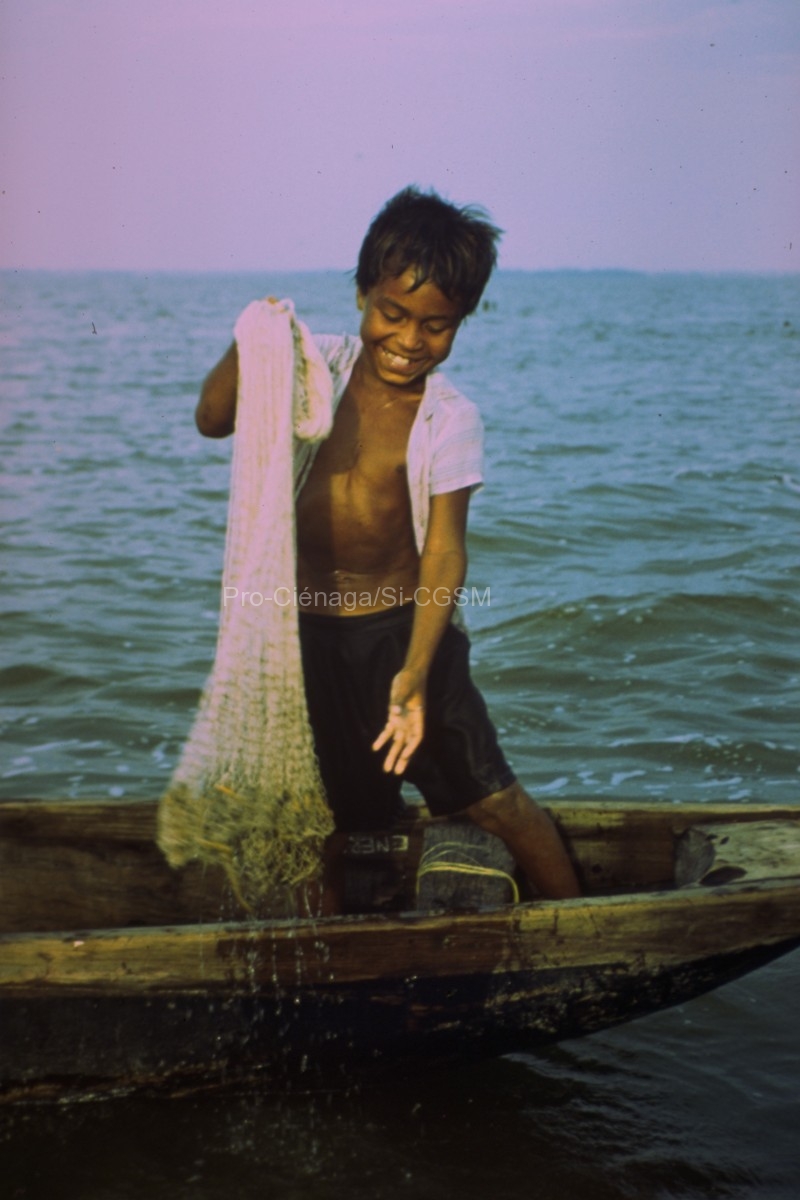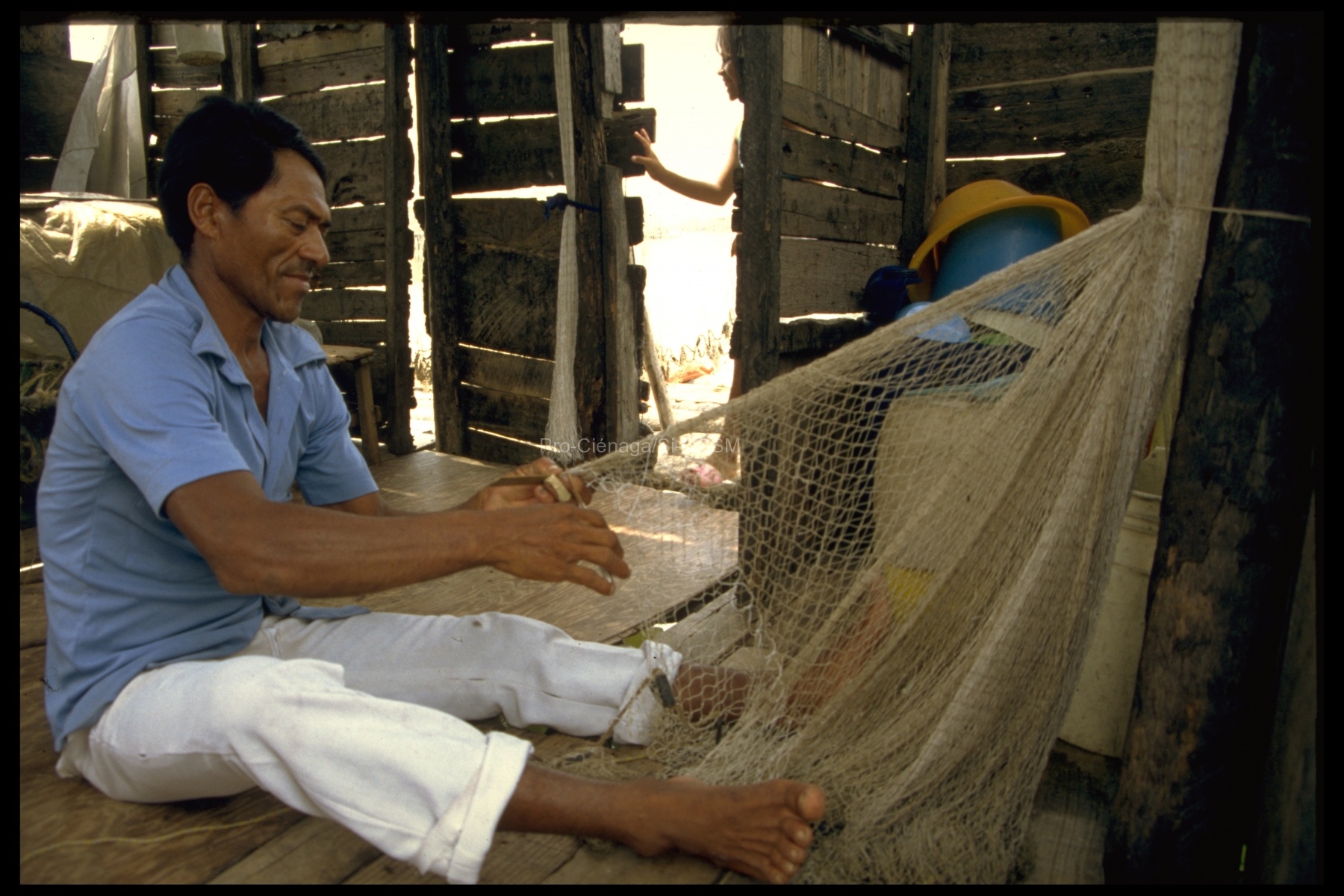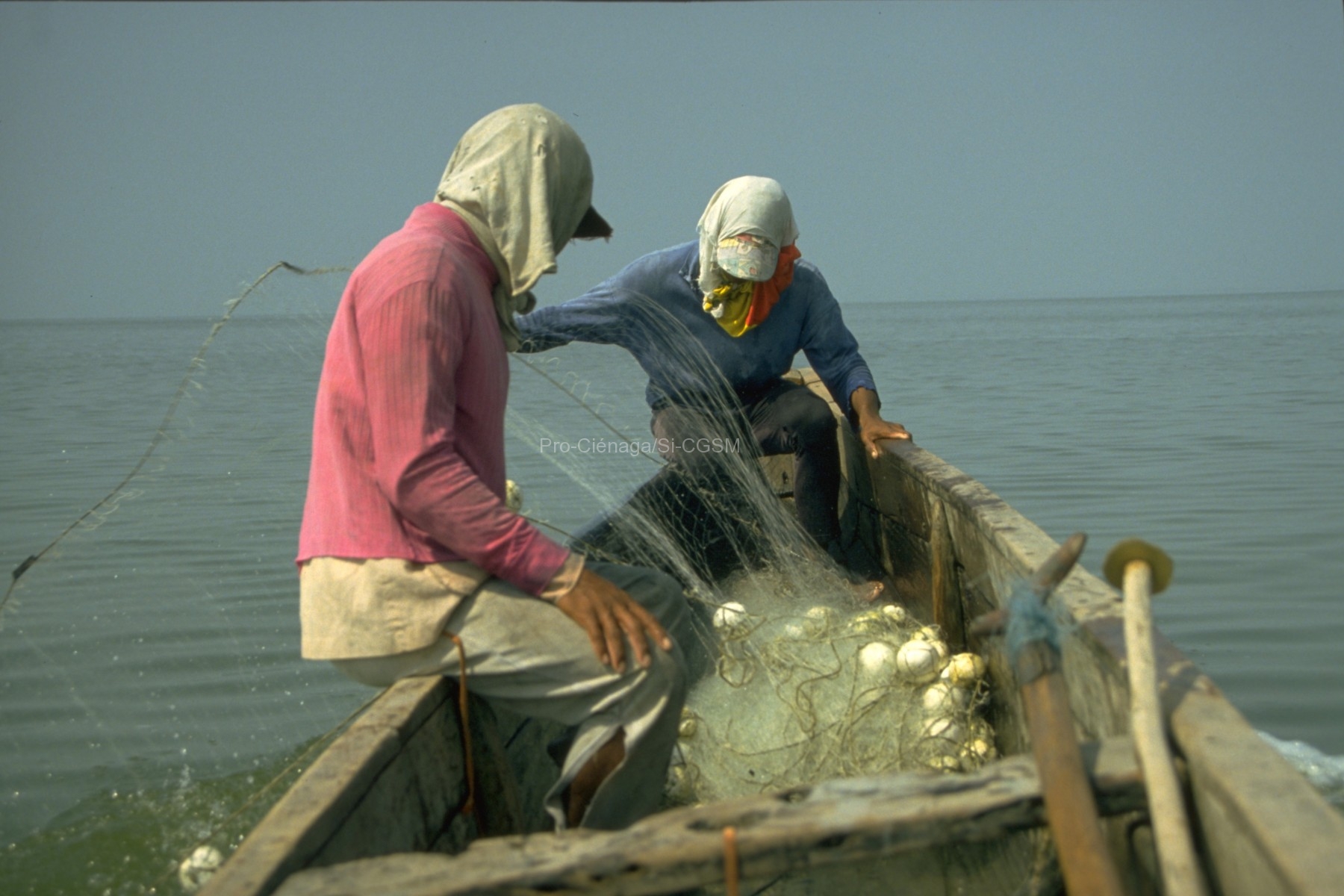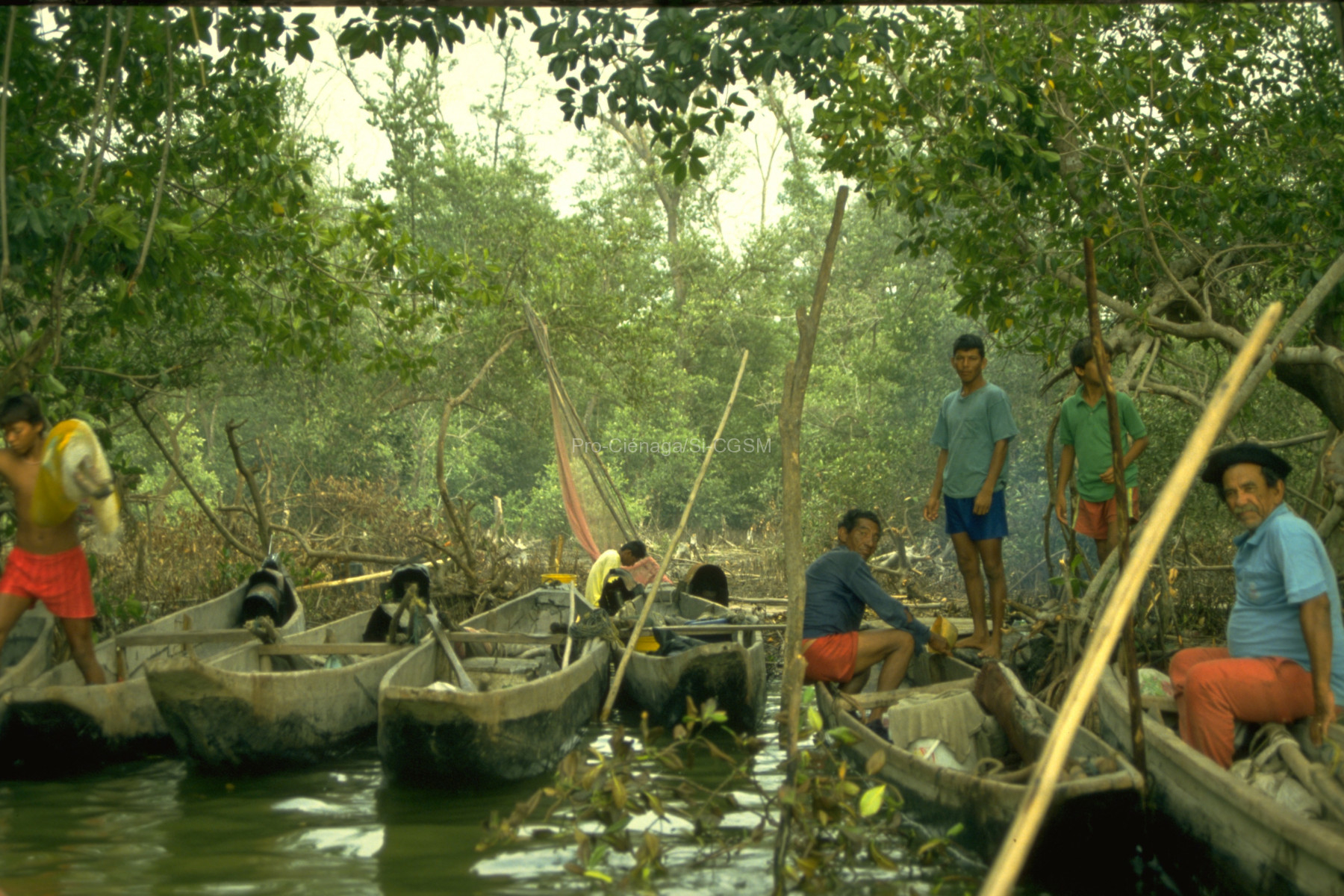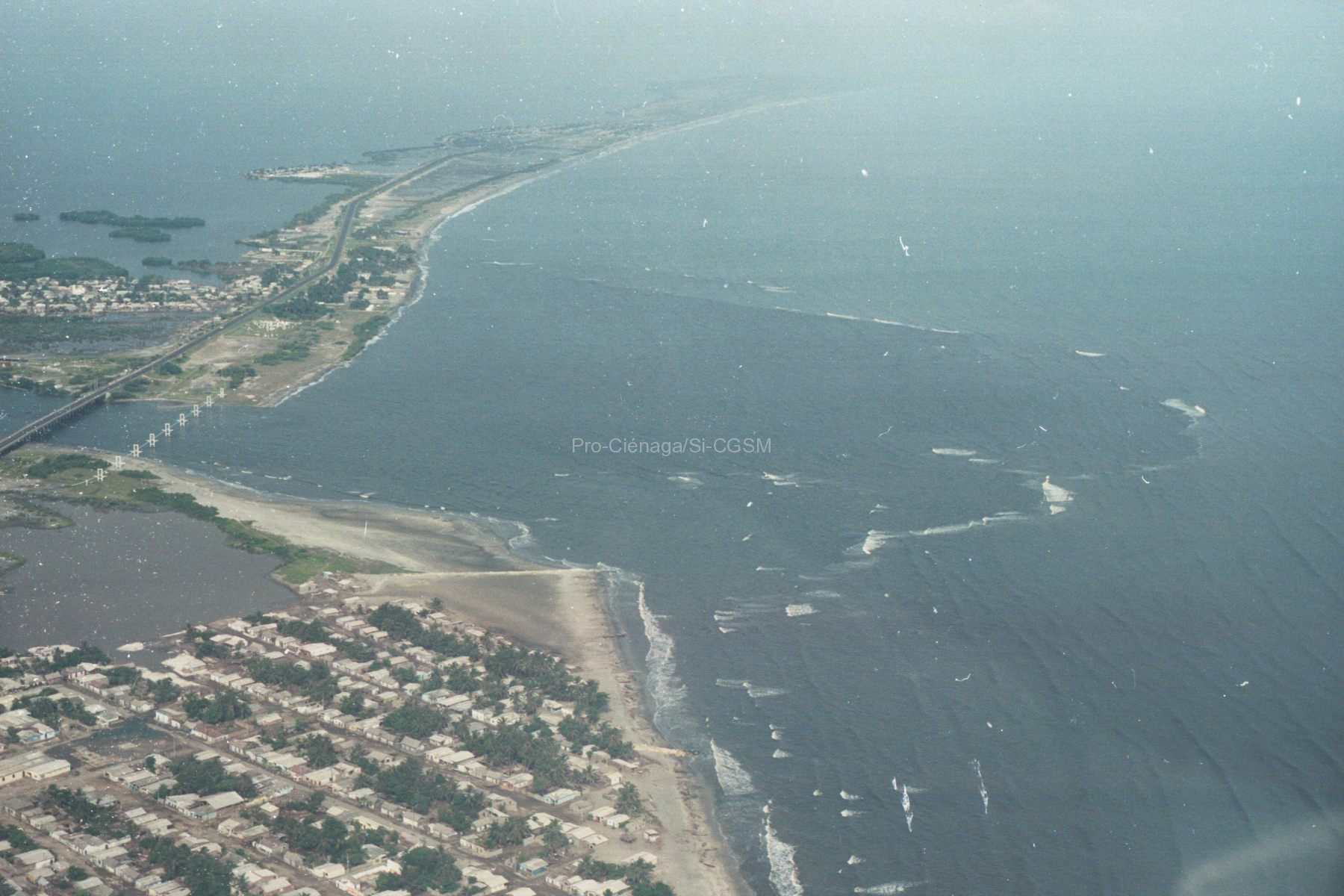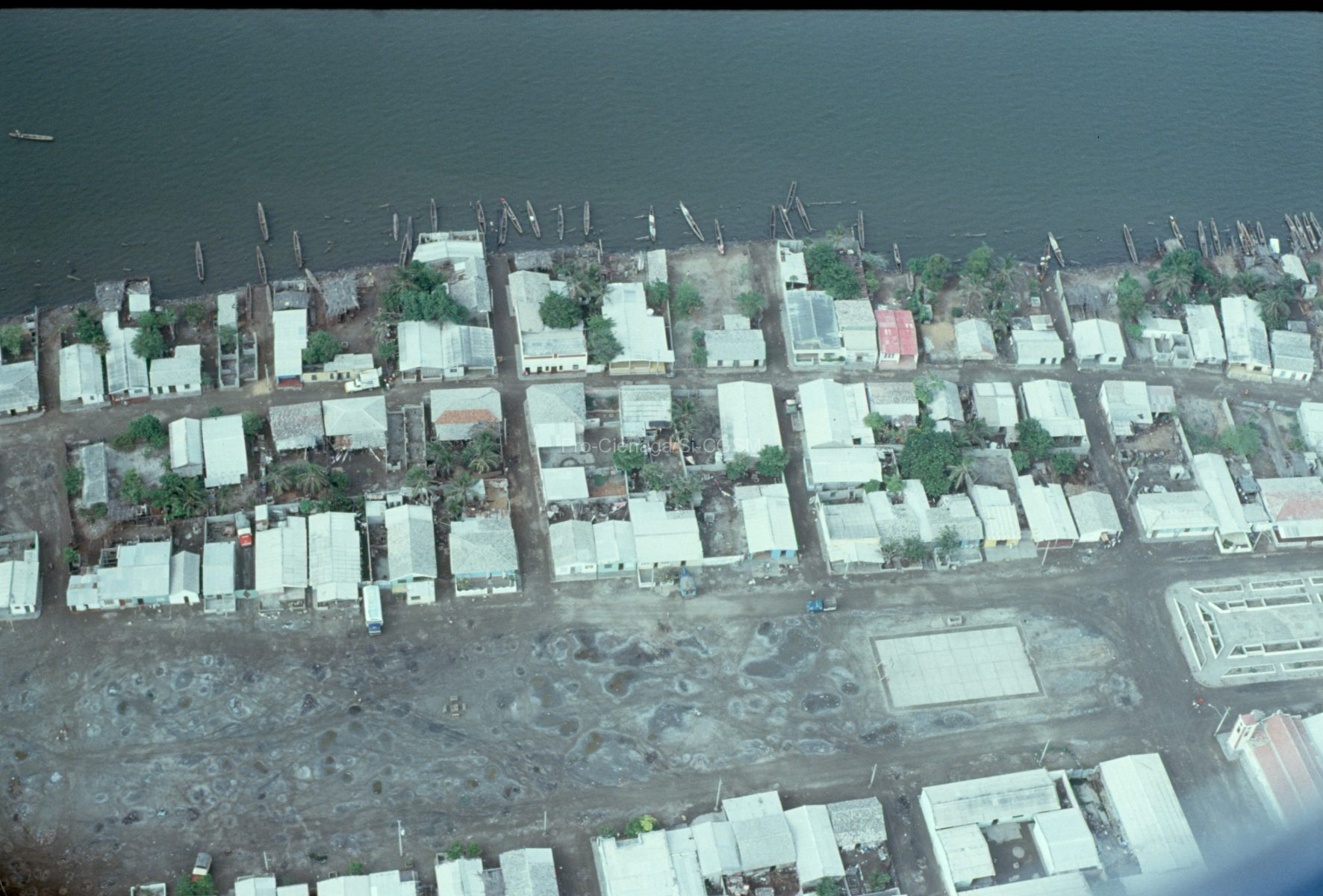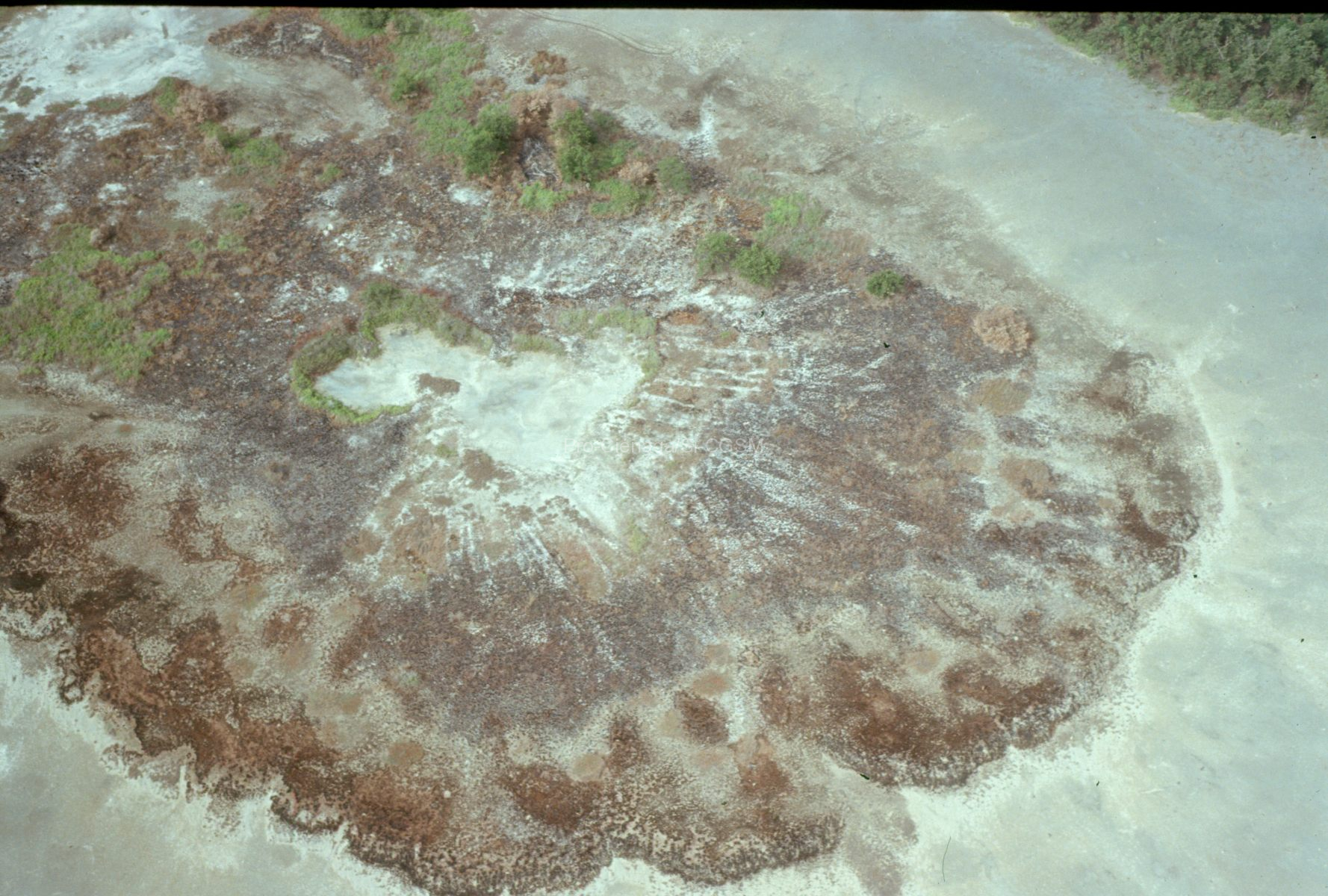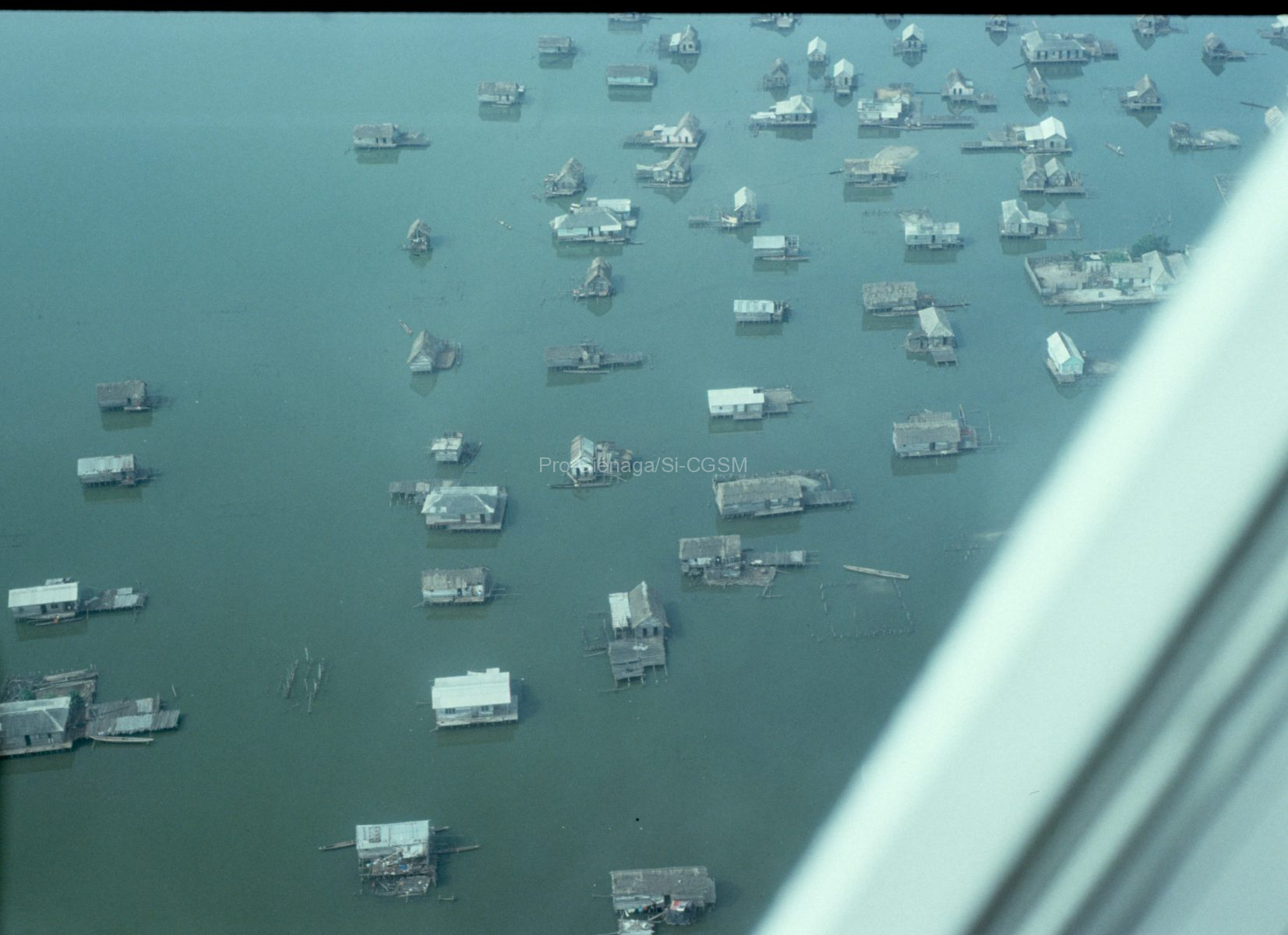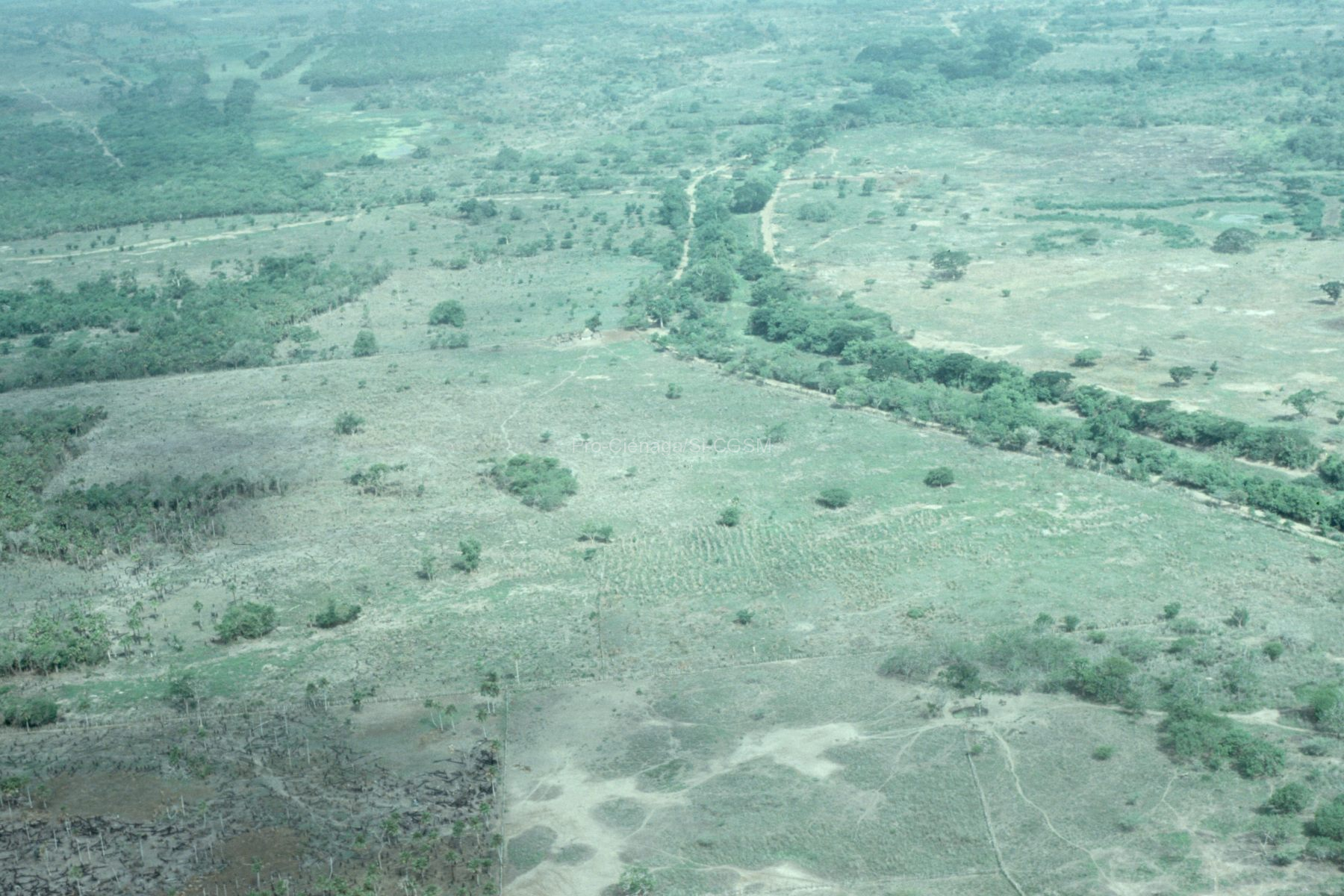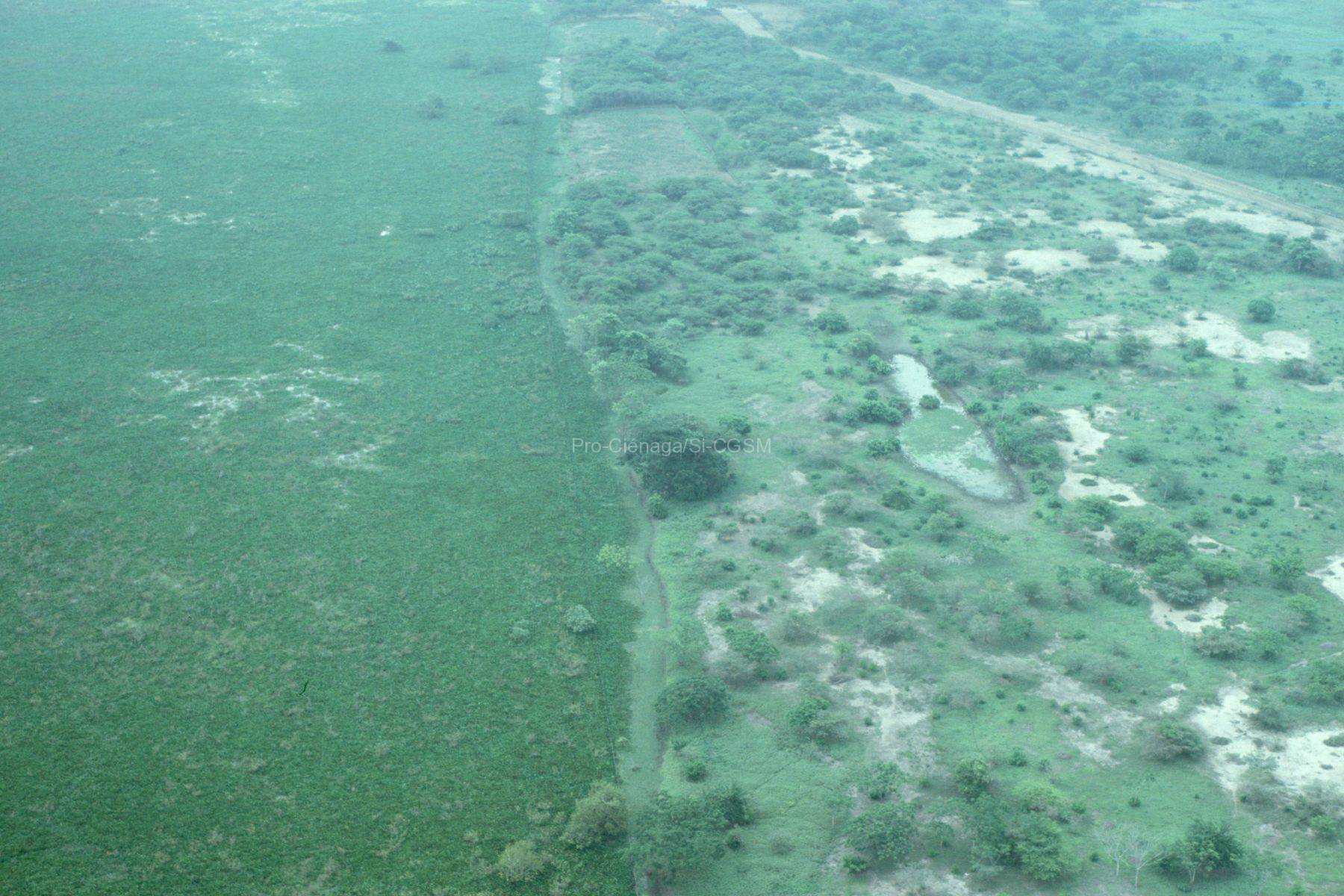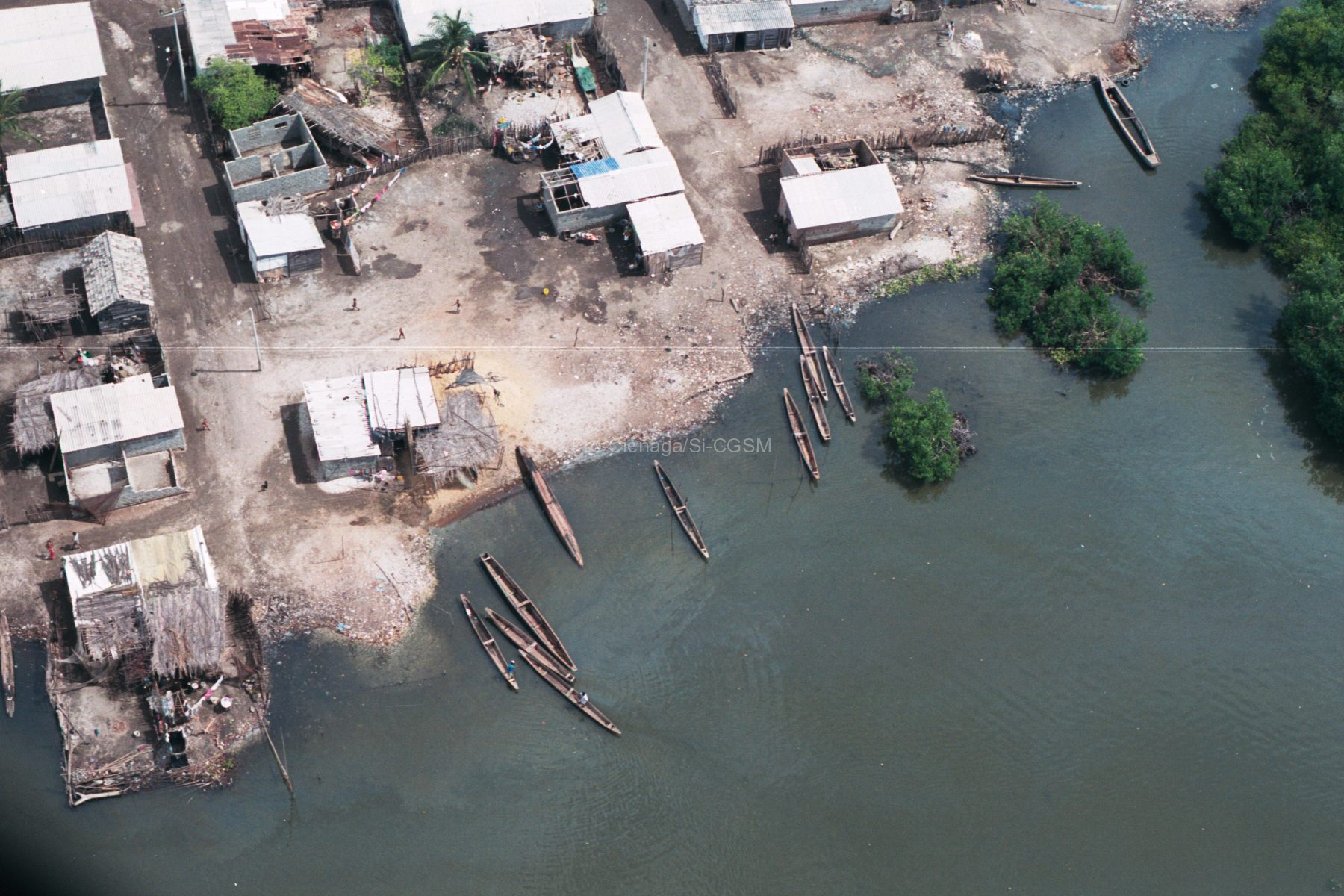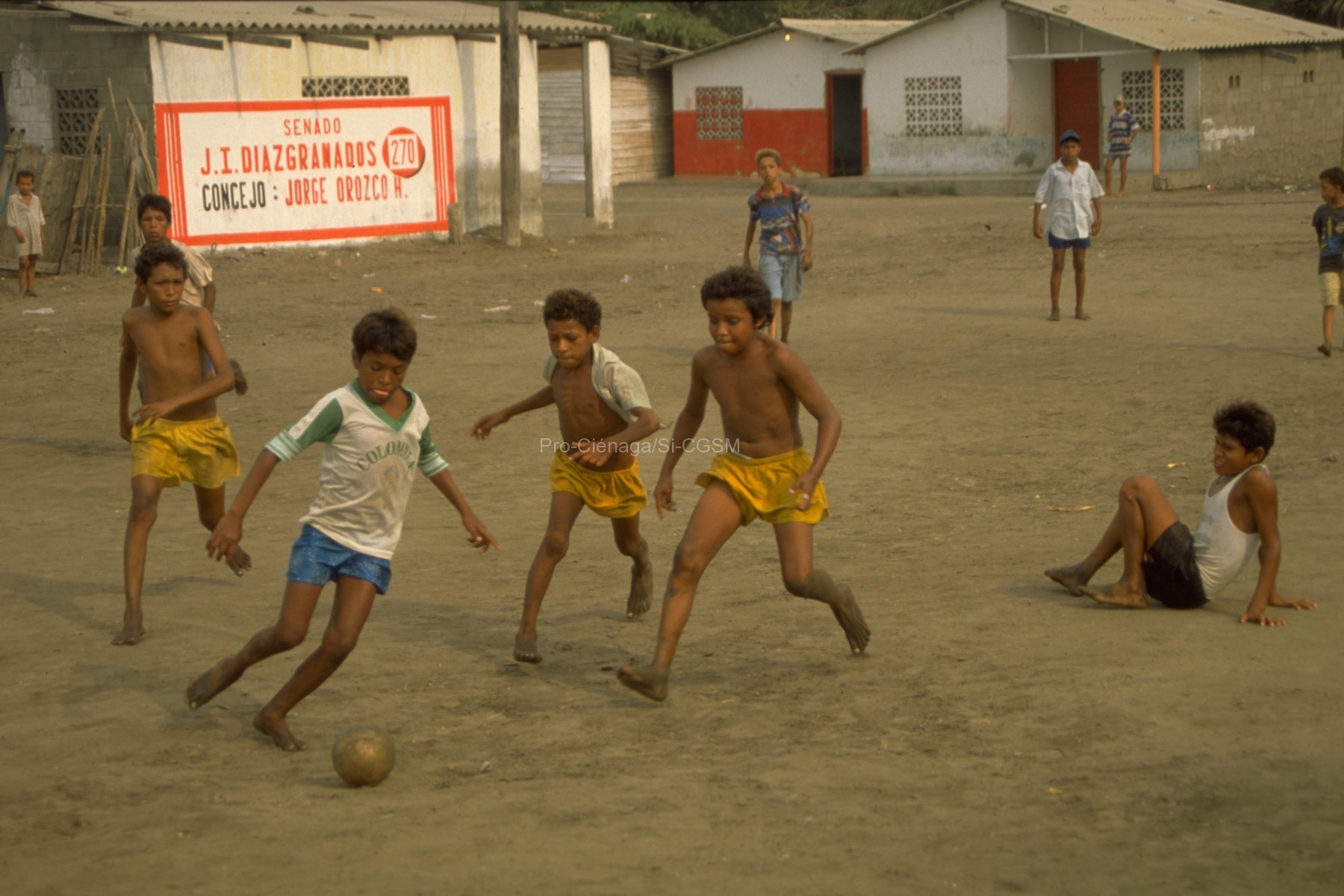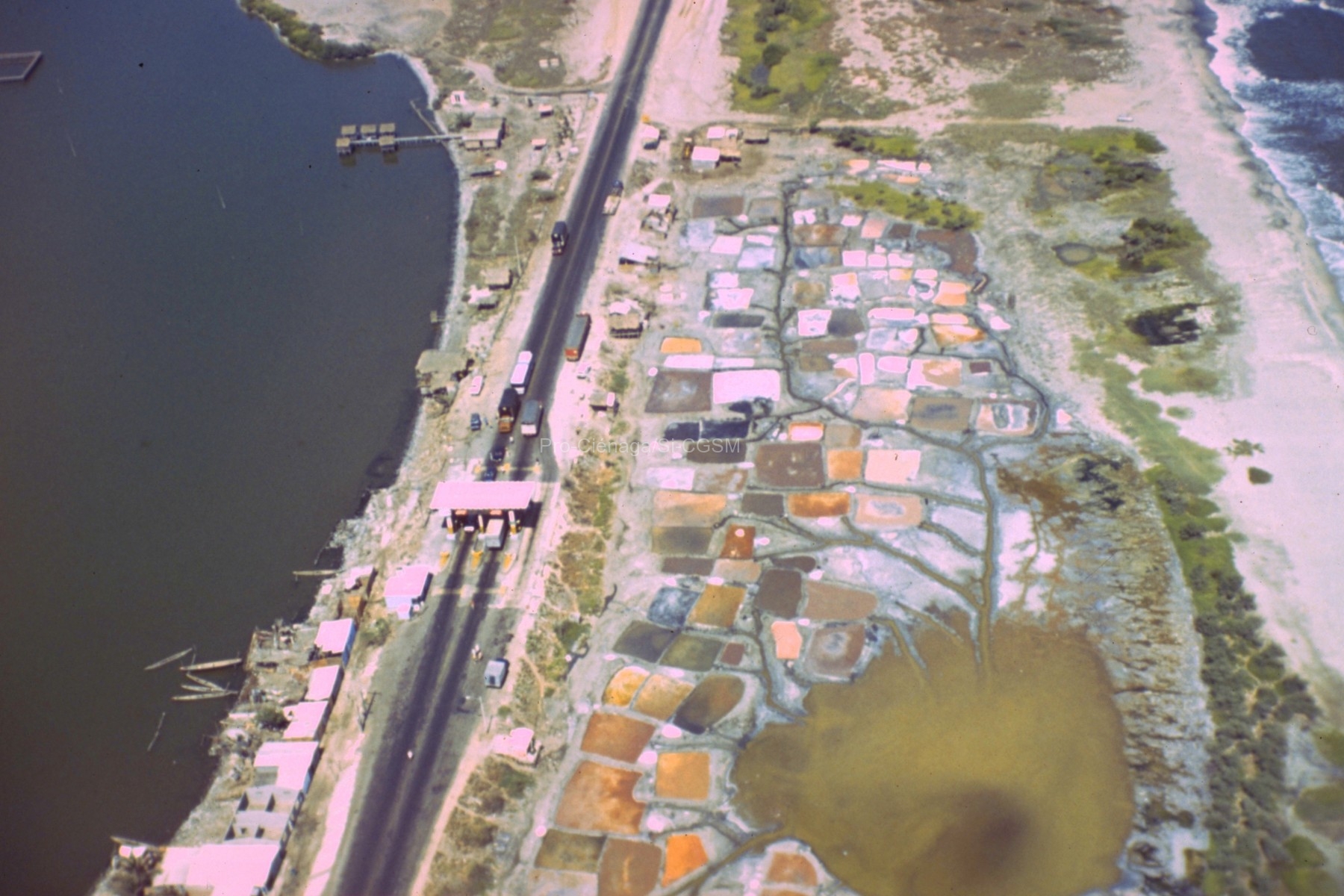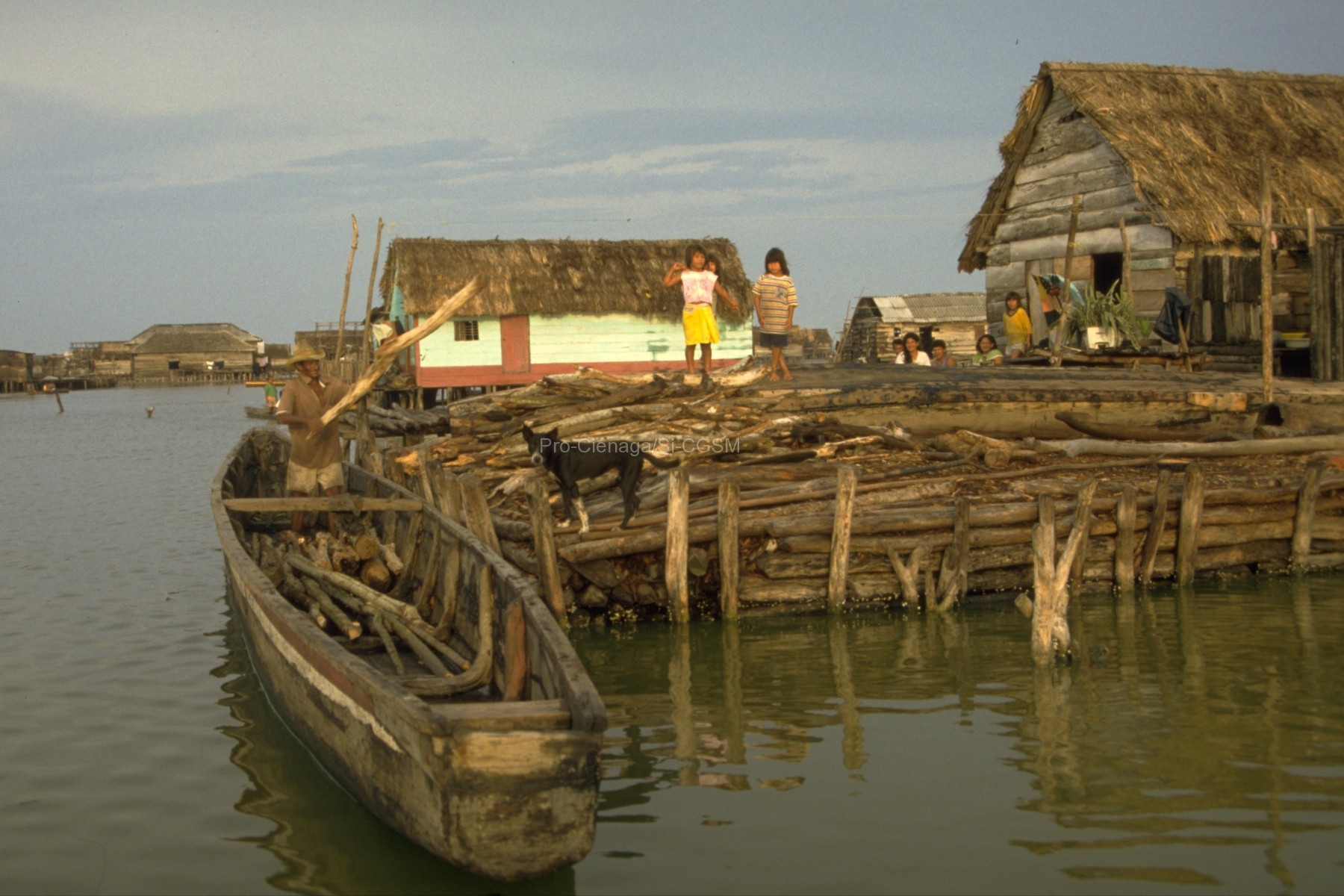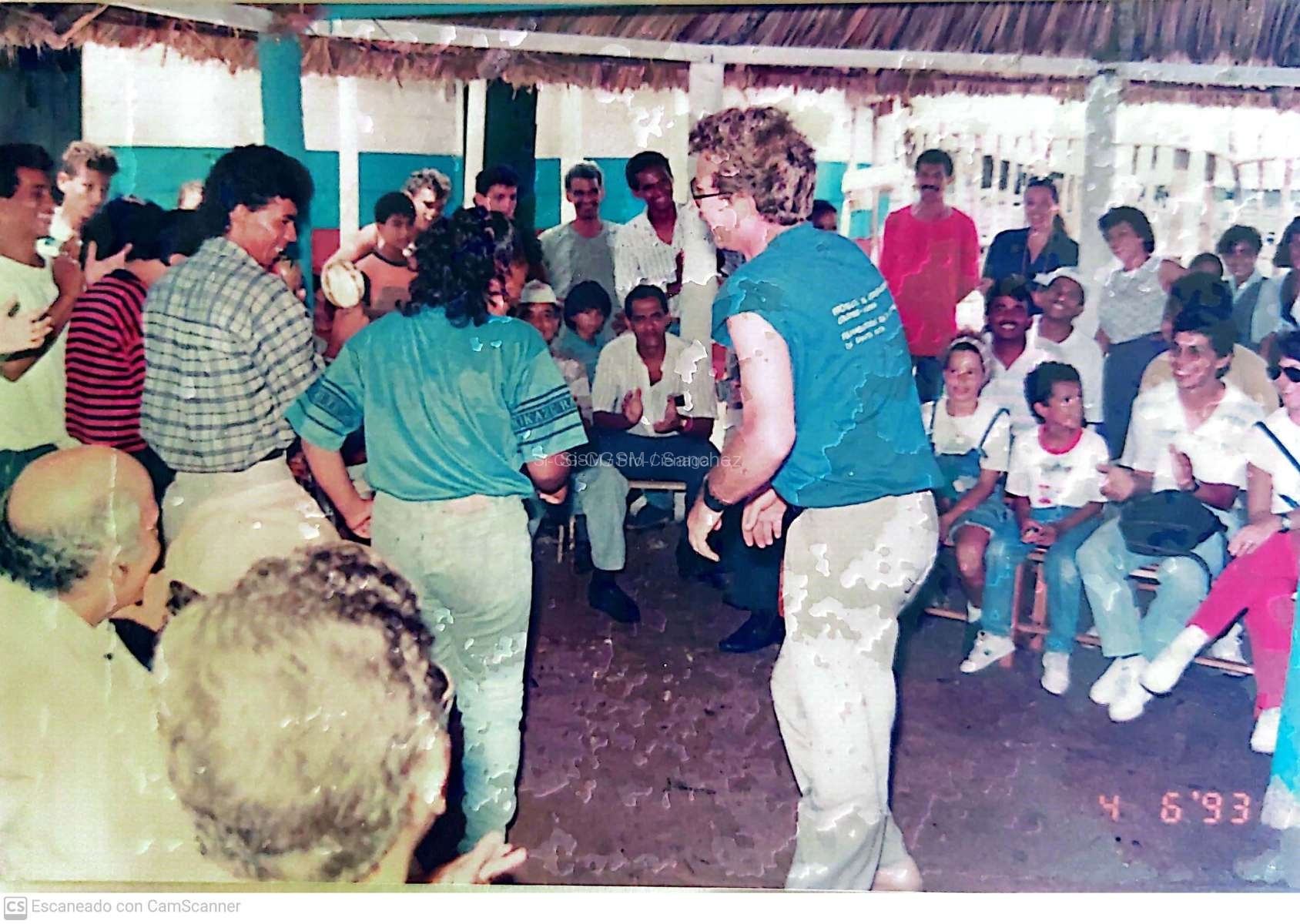https://doi.org/10.1007/s12237-009-9195-3
Phytoplankton variability is a primary driver of chemical and biological dynamics in the coastal zone because it directly affects water quality, biogeochemical cycling of reactive elements, and food supply to consumer organisms. Much has been learned about patterns of phytoplankton variability within individual ecosystems, but patterns have not been compared across the diversity of ecosystem types where marine waters are influenced by connectivity to land. We extracted patterns from chlorophyll-a series measured at 84 estuarine–coastal sites, using a model that decomposes time series into an annual effect, mean seasonal pattern, and residual “events.” Comparisons across sites revealed a large range of variability patterns, with some dominated by a recurrent seasonal pattern, others dominated by annual (i.e., year-to-year) variability as trends or regime shifts and others dominated by the residual component, which includes exceptional bloom events such as red tides. Why is the partitioning of phytoplankton variability at these three scales so diverse? We propose a hypothesis to guide next steps of comparative analysis: large year-to-year variability is a response to disturbance from human activities or shifts in the climate system; strong seasonal patterns develop where the governing processes are linked to the annual climate cycle; and large event-scale variability occurs at sites highly enriched with nutrients. Patterns of phytoplankton variability are therefore shaped by the site-specific relative importance of disturbance, annual climatology, and nutrient enrichment.

